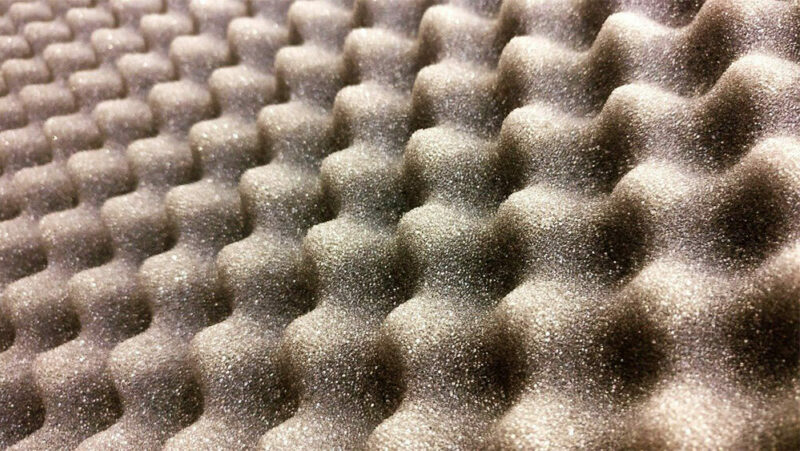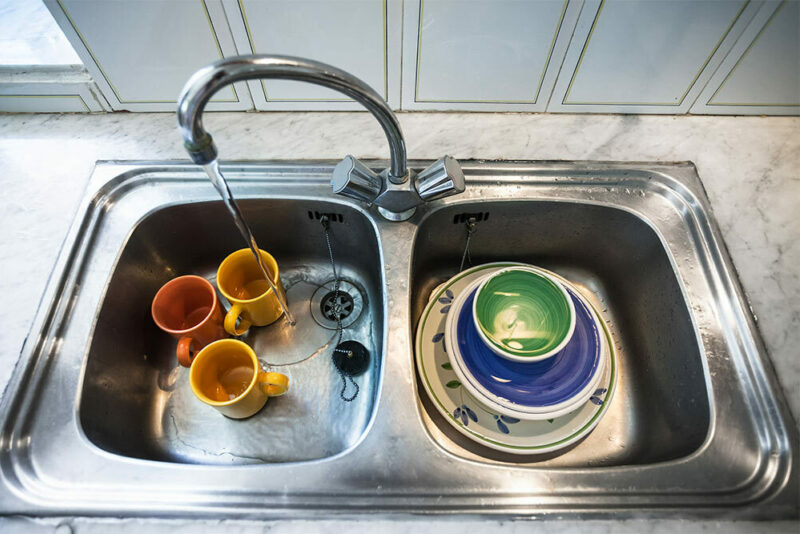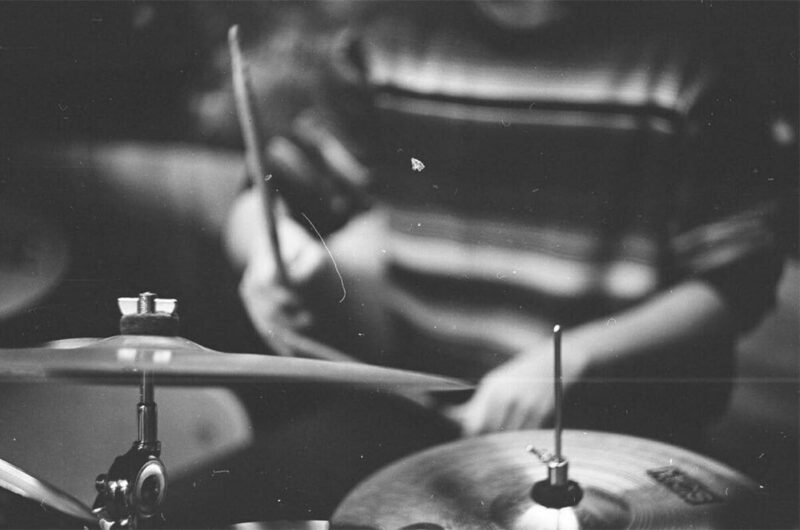Article Excerpt
Can you keep your house peaceful and quiet while also making sure the dishes are washed and the laundry is clean? These products can certainly help!
Sometimes different uses of a home can come into conflict - especially when it comes to noise. That’s not confined to an aspiring middle school percussionist, either. Clanging pots in the kitchen, noisy kids in their rooms, and the incessant rumbling of a dryer can also drive homeowners crazy at times.
What can you do to minimize these kinds of noisy disruptions? Here are some tips on soundproofing different parts of your home.
What is soundproofing?
Just as “water resistant” isn’t technically the same as “waterproof,” “sound absorbent” isn’t the same as “soundproof.”
Soundproofing involves blocking or isolating nearly all noise coming into or exiting a room. It might be possible to soundproof a room in a residence on the scale of a professional music studio, but that may require expensive remodeling.
A more achievable goal is to use materials that reduce echoes within a room and to prevent sound from leaking into other rooms.
General Tips on Sound Absorption
Sound can travel most easily through the air, so the first step in absorbing sound in a room is to minimize any open spaces leading out of the room. Seal any gaps around doors or windows with rubber weather-stripping or similar materials.

Photo by joaovinagre on Pixabay
The thicker a solid object is, the less sound can travel through it. Certain types of materials such as foam and mineral wool are very effective at absorbing sound. You can add to a room’s soundproofing with extra layers of drywall, acoustic panels, or sound-deadening mats.
Glass does a very poor job of muffling sound. Much like how sound-deadening mats can reduce the amount of sound that travels through walls, acoustic curtains can block sound from traveling through windows.
Soundproofing a Kitchen
The kitchen produces some specific noises that you can target for soundproofing. The most obvious is probably the kitchen sink, where pots, pans, dishes, glasses, and silverware often clatter together in an annoying symphony. You can use a sink sound-dampening kit to limit the noise from your sink. A kit consists of adhesive pads made of sound-dampening material affixed to the undersides of the sink.

Soundproofing a Bedroom
You want a quiet bedroom, in the sense that you do not want too many noises getting in while you’re trying to sleep. You might also want someone else to have a quiet bedroom, in the sense that you don’t want too many noises getting out of that room.

Photo by Marina Pechnikova from Pexels
You also want your bedroom to have more aesthetic appeal than most sound-deadening pads and acoustic panels can provide. That’s why you should look to sound-dampening decor, such as:
Thick carpeting or rugs
Upholstered walls, or wallpaper that covers panels made of a sound-absorbent material like cork.
Soundproofing a Laundry Room
Acoustic panels and other wall coverings can muffle much of the sound from your washing machine and dryer, but several laundry room-specific tools are also available:
Anti-vibration pads on the walls near your appliances can absorb most of the noise they produce.
Placing the appliances on a heavy rug or soundproofing blanket can also reduce the amount of noise that leaves the room, although this can get messy if the washing machine ever has a leak!
Ready for a place of your own?
The Wood Group of Fairway can help you with your home mortgage needs. Get pre-approved quickly (and for free!) with the mortgage lender Texans trust.




